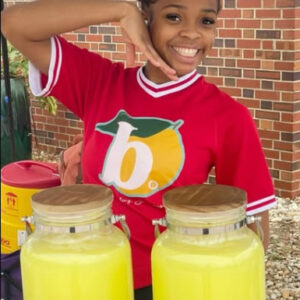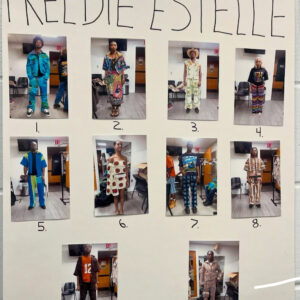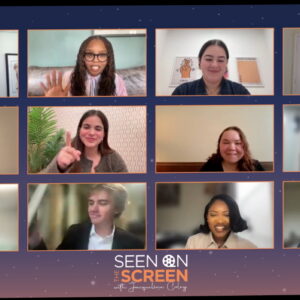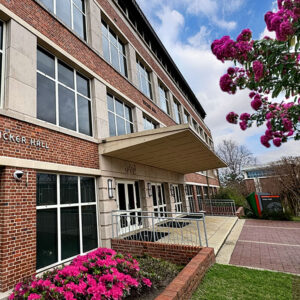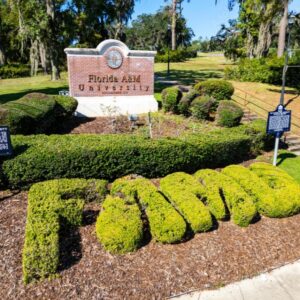Sports | April 27th, 2023
The Chosen Ones
By: Tatyanna McCray
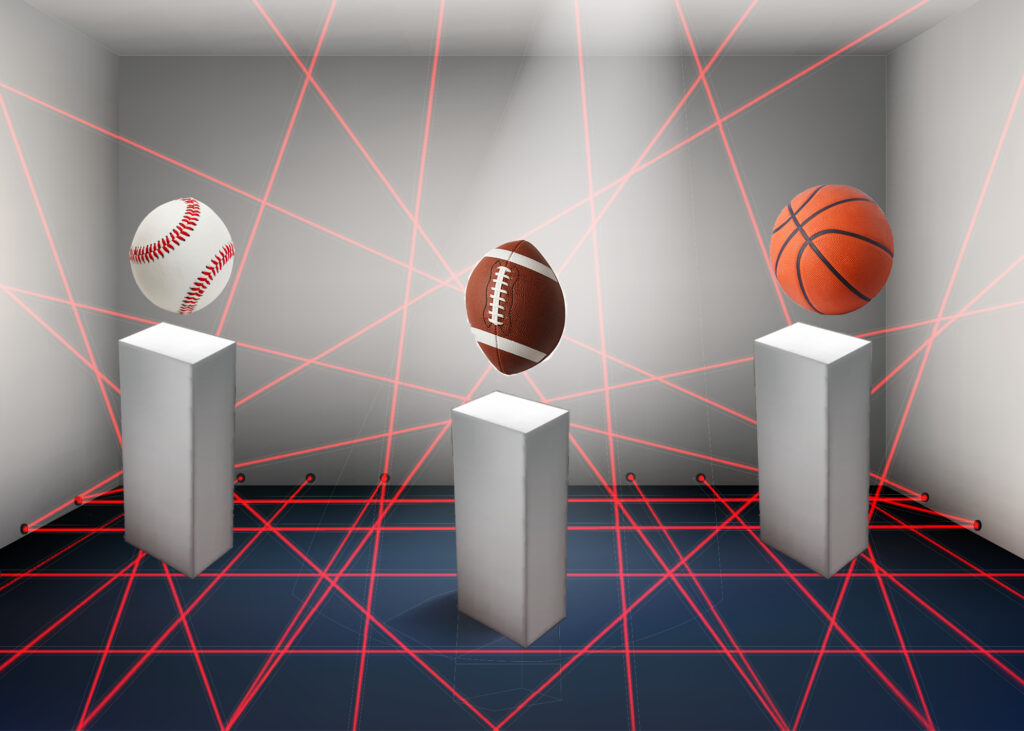
Sports is America’s favorite pastime and hobby; who wouldn’t love to earn money doing something they enjoy and are passionate about?
Several professional athletes started their journey from yay high to their high school and college days, earning accolades and awards to attest to their athletic talent. Being number one, proving they’re among or above the current recorded “goat” status is something many could only dream of achieving.
While those who commit to sports work towards those goals, or so it’s been alluded to, does hard work beat talent when talent fails to work hard?
For most professional athletes, their chance to shine and collect their jersey is presented either in high school or during their college years, more so typically during their college years playing during their “eligibility terms” and eventually declaring for the draft. The top sports in the United States of America include football, basketball, and baseball.
Game Changers
“Being an athlete of color is hard because you’re expected to hide how you feel and be strong, which can be depleting to your mental health because you cannot openly express how you feel,” said senior and health science student Nyah Morgan.
Many triumphs and tragedies come with each sport; despite this, many athletes are determined to weather the storm and “beat the odds.” There seems to be an unspoken magnetic amount of dopamine gained from being able to compete and be chosen, reigning as the “best.”
A series of steps are taken in order to declare and be cleared to declare for each respective sport’s draft, and once it is done, the waiting game begins. Although all athletes should have equal treatment when considering draft prospects, this does not always seem to be the case and has caused quite a controversial stir over the years; some colleges and universities hold governing status for being sports schools alongside esteemed academic track records.
In addition, the lingering unspoken pestering questions remain; does this grant these universities the upper hand in getting their players drafted into their respective sports due to their athletic history? Will their players be considered first over black institutions, leaving them at HBCUs to fend for themselves while attempting to enter the professional sports arena?
According to an NCAA study, college athletes are more likely to earn a college degree than they are to go on to play at a professional or Olympic level.
Considering such information, the possibility of such occurring for a student at an HBCU institution has their chances cut in half and then somehow nearly dropped and flatlined. Obtaining an education and being an athlete has its perks; being physically equipped and educated can open many doors that lead to promising opportunities.
Furthermore, their study of interest could be a great backup plan to pursue careerwise if things don’t pan out as envisioned. Fright not, as there is a calling for everyone with a life force. It’s a matter of heeding and answering the call that sorts the differences.
But the fact remains there is an alarming difference among the numbers of athletes drafted from HBCUs compared to PWIs and other institutions. Many players of each sport come from diverse backgrounds, with interesting stories to tell and a hunger that motivates them to go headfirst after their dreams of playing in the big leagues.
Run the Play
“Practice, practice, practice and stay committed to the sport. There will be highs and lows in your career and in life, but you have to find ways to preserve,” said former basketball player, coach, and alumnus of Stetson University Shanasa Sanders. “FIND A WHY and continue to lean on it during tough times. Embrace the grind, success is great, but failure is always creeping.”
Health scares, long days, and even longer nights are all a part of the cycle of life for these athletes; political and racial agendas also come into play as these players are viewed and held to specific standards within society.
With such low numbers of acceptance, how is this tremendous goal of famed stardom on the courts and fields achieved? Luck? Or it’s fate; either way, some underlying factors play a prominent role in who becomes one of the chosen ones.
Exploring the different avenues of each professional sport on an inclusive level is essential as highlighting the significant differences in the numbers between HBCU and PWI student-athletes that go on to play professional sports. The numbers are certainly discouraging from the NFL to the NBA to the MLB, especially considering that players were being drafted from different sports in droves from HBCUs into the league once upon a time.
So why such a drastic change all of a sudden?
Hitting close to home, FAMU legends:
- Althea Gibson, tennis player and professional golfer
- Robert Hayes, a professional Football player
- Andre Dawson, a professional Baseball player
- Jerome James, a professional Basketball player
Same Play, Different League
Over the past 10 years, there has been a significant decline in the number of players drafted from various sports all over the US at multiple HBCUs. Especially true for athletes here at Florida Agricultural and Mechanical University.
Even with this, the attention has remained steady and somewhat built, revolving around the sports world here at FAMU. However, that only adds a little sustainability to the fact that players barely make it through the threshold of a major sports arena.
Some may go to big competitions and earn the “All-Star” titles and numerous awards, but it’s still not enough. At times, it does appear that black athletes at PWIs have an upper hand advantage over those at HBCUs, but their struggles are eerily like their peers on smaller campuses nationwide.
If it isn’t enough to draft these players, what exactly is it? Is there a secret ingredient the Rattlers are missing?
